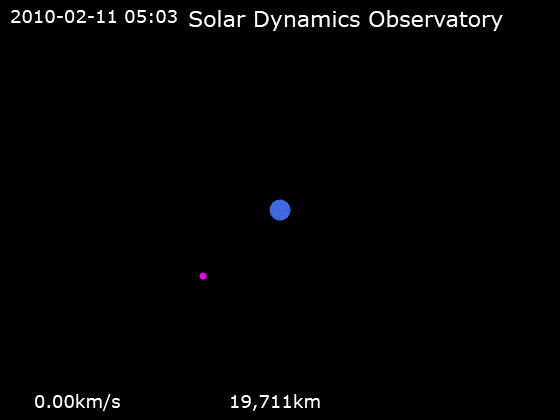Rivers Releasing Ancient Carbon: A New Challenge for Climate Models

Recent research published in the journal *Nature* reveals a startling shift in our understanding of carbon emissions from rivers, indicating that ancient carbon, previously believed to be safely sequestered beneath the Earth's surface, is now being released back into the atmosphere. This phenomenon presents significant implications for global climate models and the ongoing fight against climate change.
The study, which involved an extensive analysis of data from over 700 river sites across 26 countries, found that over 60% of the carbon emissions from rivers do not originate from recent organic matter, as previously thought, but from millennia-old sources including deep soils and weathered bedrock. According to Dr. Josh Dean, the lead author and Associate Professor in Biogeochemistry at the University of Bristol, the findings are surprising. "The results took us by surprise because it turns out that old carbon stores are leaking out much more into the atmosphere than previous estimates suggested," Dean stated.
Historically, scientists assumed that river emissions largely resulted from the decay of recent organic materials such as leaves and plants. However, the new research challenges this assumption by demonstrating that a significant proportion of riverine carbon emissions stem from ancient carbon stores. Professor Bob Hilton, a co-author and Professor of Sedimentary Geography at the University of Oxford, elaborated on the study's findings: "We discovered that around half of the emissions are young, while the other half are much older, released from deep soil layers and rock weathering that were formed thousands and even millions of years ago." This revelation indicates that Earth's vegetation may be playing a more critical role in mitigating climate change than previously understood, potentially drawing down an additional gigatonne of carbon dioxide each year.
Globally, rivers are estimated to emit approximately two gigatonnes of carbon annually. While this figure pales in comparison to the 10 to 15 gigatonnes emitted by human activities, the origin of these emissions necessitates a reevaluation of existing climate models. Dr. Gemma Coxon, Associate Professor in Hydrology at the University of Bristol, stressed the significance of these findings, stating: "These river emissions are significant at a global scale, and we are showing that over half of these emissions may be coming from carbon stores we considered relatively stable. This means we need to re-evaluate these crucial parts of the global carbon cycle."
The implications of this research extend beyond academic curiosity; they pose urgent challenges for policymakers and climate scientists aiming to combat climate change. As the research team, supported by the UK Research and Innovation’s Natural Environment Research Council (UKRI NERC), prepares for further studies to map the variability of river carbon emissions geographically and over time, the need for immediate action to mitigate these emissions becomes increasingly apparent. Understanding the dynamics of ancient carbon release will be essential in developing effective strategies for addressing climate change in the years to come.
Advertisement
Tags
Advertisement





